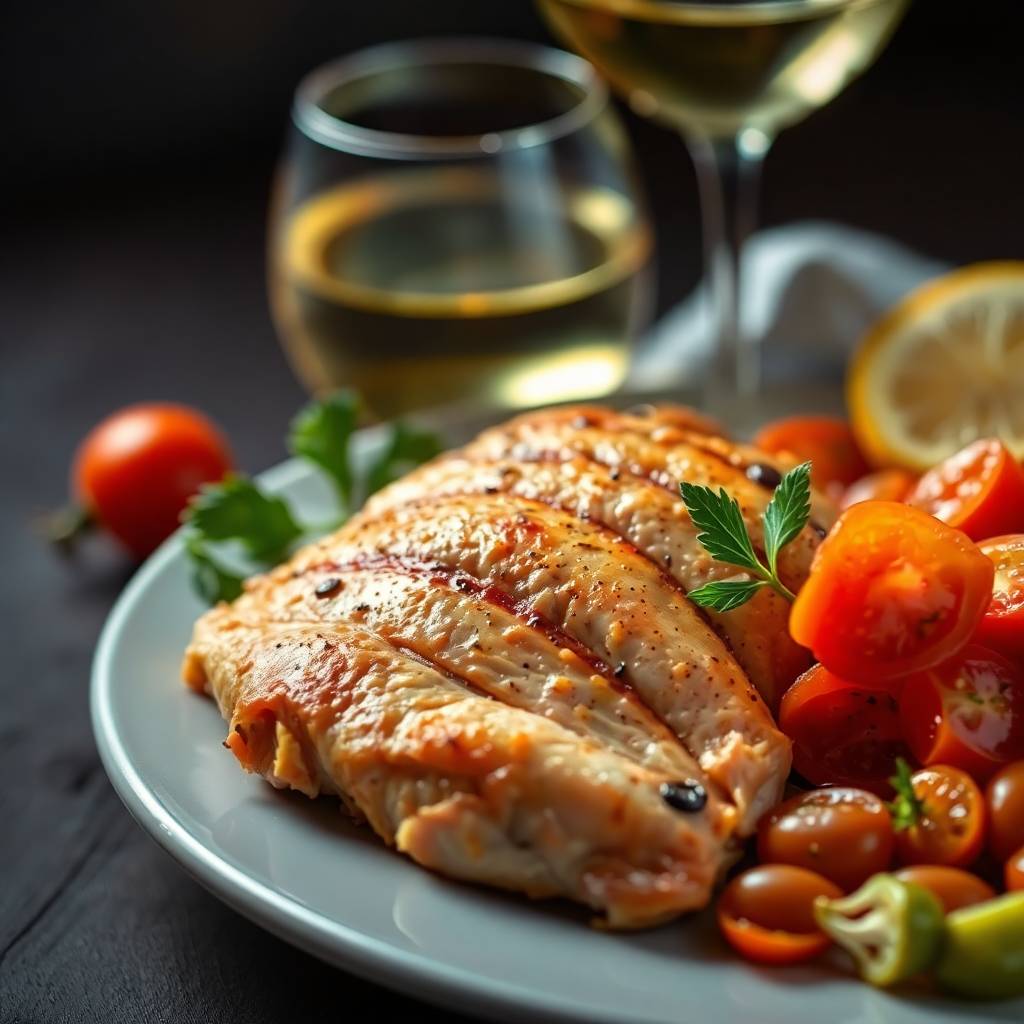Have you already given up red wine, matured cheese or salami – and still headaches, reddening of the skin, palpitations or digestive problems keep coming back? This can be frustrating, but you are not alone. Histamine intolerance has many faces – and some triggers are so well hidden that hardly anyone knows about them.
Here you can find out about 8 surprising histamine traps that even experienced sufferers often overlook – and how to defuse them step by step.
1. medicines & dietary supplements
Some active ingredients inhibit the enzyme DAO (diamine oxidase), which breaks down histamine. These include, for example, certain painkillers (acetylsalicylic acid, diclofenac), some antidepressants, antibiotics or expectorants. Vitamin preparations can also contain additives or fermentation residues that contain histamine.
Tip: Ask the pharmacy or your doctor for histamine-friendly alternatives.
2. food combinations

A single low-histamine food often causes no problems – but in combination with other ingredients that are rich in biogenic amines, for example, the “tolerance threshold” can be exceeded. Example: fresh chicken + tomato salad + a glass of white wine → too much histamine in total, although they might work for you individually.
Tip: Test new dishes with individual components first and combine them carefully.
3. leftovers
Initially fresh food can also become rich in histamine after storage – even in the fridge. But it takes longer there. Particularly sensitive: fish, meat, cold cuts, cooked pulses. These should only be eaten fresh. Vegetables can also be stored well refrigerated because they hardly produce any histamine or other biogenic amines.
Tip: Cool cooked food quickly, eat within 12-24 hours or freeze.
4. physical stress – including excessive sport
Intensive training, lack of sleep or psychological stress can increase your histamine release. Some people react more strongly to histamine-containing foods after long runs or hard workouts, for example.
Tip: Plan moderate exercise, take breaks and make sure you get enough rest.
5. your vagus nerve as a natural “histamine inhibitor”
The vagus nerve is an important part of your parasympathetic nervous system and acts as an antagonist to the stress response. If it is active, inflammation is dampened – and this can also calm histamine reactions.
However, chronic stress or tension weaken its activity.
Tip: You can stimulate your vagus nerve in a targeted way – for example by breathing slowly and deeply into your stomach, humming, using cold face lotion in the morning or short meditations. Just a few minutes a day can help to calm your nervous system and reduce discomfort.
6. Additives in processed foods
Certain colorants and preservatives, e.g. benzoates, sulphites or tartrazine, can trigger symptoms in people with histamine intolerance – not always because of histamine, but because they trigger the release of histamine. This is possible, but not yet scientifically proven. Just try it out.
Tip: Read ingredient lists carefully – especially for snacks, ready meals and sweets
7. fermented “health products”
Sauerkraut, kombucha, kimchi, kefir – they are considered healthy, but are often high in histamine.
Even though ferments are good for many people, they can increase symptoms in the case of histamine intolerance.
Tip: Choose specific probiotics with low histamine strains (e.g. Lactobacillus plantarum).
8. hormonal fluctuations
Many women notice that their symptoms are more severe shortly before or during menstruation. This is probably due to the influence of oestrogen on the release of histamine.
Tip: Keep a symptom diary or use a cycle app to identify patterns – and adjust your diet and exercise accordingly.
How to find your own personal triggers
Not all of these factors have the same effect on everyone. That’s why it’s important to recognize your own patterns. A structured food and symptom diary helps you to see the connections and take targeted countermeasures.
📲 My tip: With the app Ask Ingrid you can easily document meals and symptoms – and thus better understand your personal histamine intolerance. In the book“Understanding and mastering histamine intolerance“, the connections to HIT are explained very clearly and comprehensibly.
Histamine intolerance is complex – but the better you know your triggers, the easier it is to manage your everyday life without symptoms. It’s often not the big, obvious histamine bombs, but small, hidden factors that cause the barrel to overflow.
💡 Bonus for you:
Get the “Histamine checklist for hidden triggers” as a free PDF here – perfect for printing out or saving to your smartphone. (insert download link)
Source:
Zechmann-Khreis, M.“Histaminintoleranz verstehen & meistern“, MZK Verlag, ISBN 979-8315384601, 2025
